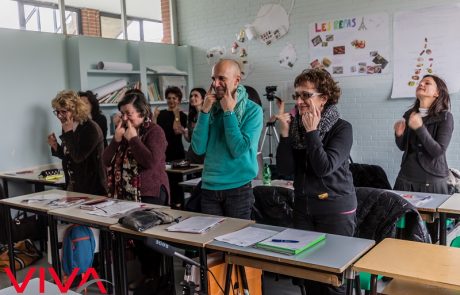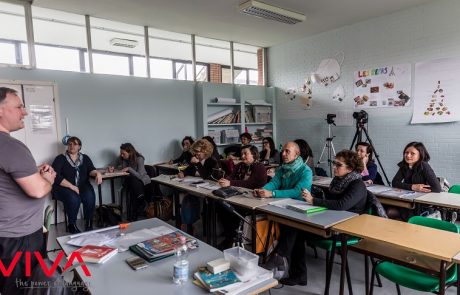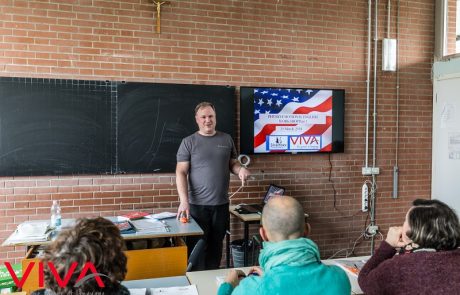The Silverfoxx Method for Learning English. When my oldest daughter Linda started primary school, I was very pleased that she would finally initiate her studies in English with trained professionals. At the time I was ending one career as a purchasing, logistics and fleet manager while beginning a different career in the construction industry. After a few months of school, however, I grew quite puzzled by the lack of homework Linda was bringing home. Her homework seemed to be pages where she would color an image based on numbers. Perplexed, I asked the teacher for an explanation. She informed me that she only had one hour a week with the first-grade students. Her lessons were, therefore, limited to concepts with the addition of songs the children learned to sing and information about holidays. When I learned that this approach was fairly common within the schools I decided to use all of the knowledge I had acquired from experience in a business context to obtain results in an English teaching context. The methods I use apply psychological techniques and human development theories to facilitate learning processes.
Ho deciso così di indagare cosa succedesse nelle altre scuole della zona per comprendere se questo metodo di apprendimento era limitato alla scuola di Linda oppure se era comune a tutti. Quando ho appreso che questo approccio si applicava in più scuole, ho deciso di cercare un modo alternativo per insegnare la mia lingua madre partendo proprio dai bambini. Per cominciare ho utilizzato le conoscenze acquisite con l’esperienza aziendale per ottenere risultati nel settore dell’insegnamento dell’inglese. I metodi che uso applicano tecniche psicologiche e teorie dello sviluppo umano per facilitare i processi di apprendimento.
Proseguendo con le mie ricerche scopro che gli studenti possono essere intimiditi rapidamente quando imparano una nuova lingua, affrontano le lezioni con la paura di essere giudicati nel momento in cui commettono errori. Questo è tipico degli studenti più grandi a causa di concetti ben definiti di autocoscienza, al contrario i bambini vogliono sperimentare e hanno meno paura di commettere errori.
I also noted that the study of grammar absorbed large portions of study time with specific rules provided often years after a child’s first contact with English. As an example, the study of past tense is often moved to the middle school level, but young children are quite enthusiastic in telling about what they did yesterday. Teachers may deprive children of communication opportunities by waiting to introduce simple grammar techniques. Allowing them to experiment and make mistakes will help them to master the language at an earlier age, thereby easing the learning burden as the grow older. The Silverfoxx Method moves the important concepts of English grammar to the first lessons while bumping complex and confusing concepts (contractions) far ahead. Students need to understand and be able to use the long forms before they try to use the contracted forms. There is always time to take shortcuts.
There are four modes of communication that students need to learn. The two active modes, speaking and writing, produce communication. The two passive modes, listening and reading, absorb communication. The passive modes affect the active modes by adding new concepts that enhance communication output. English learning is often skewed in on direction or another, however, because students do not give adequate attention to each mode. Skewed learning produces individuals that can understand written or spoken communication, but they have difficulty in oral communication due to a lack of speaking exercises. The Silverfoxx Method seeks to give each mode an equal share of learning time. Students listen, read and speak in the classroom, and then they write at home.
Written homework is an essential part of this method. Students are encouraged to use each of the vocabulary words in a complete sentence. When they do so, they demonstrate their ability to use a given word to communicate. It doesn’t matter if there are errors in the sentence. Their teacher will help the student to place the words in the proper order according to what the student wished to communicate. As vocabulary expands week after week and feedback is provided, students absorb proper English structure and grammar. It occurs naturally when appropriate reinforcement is provided.






